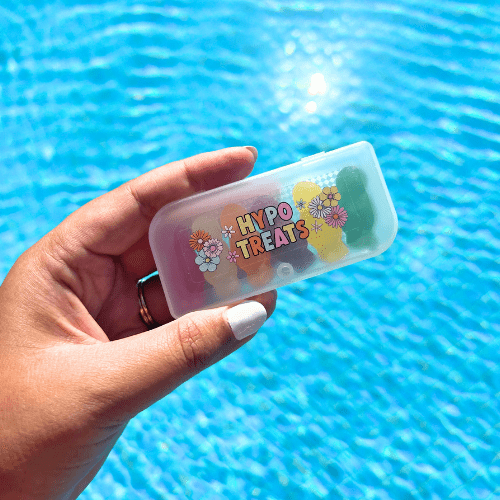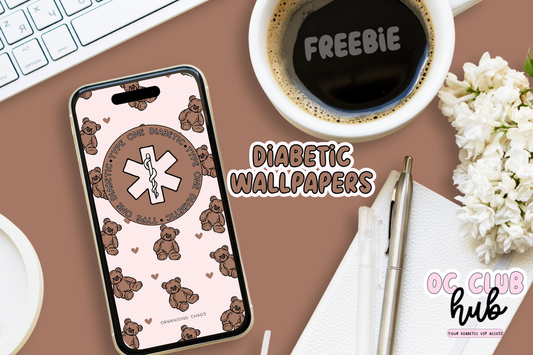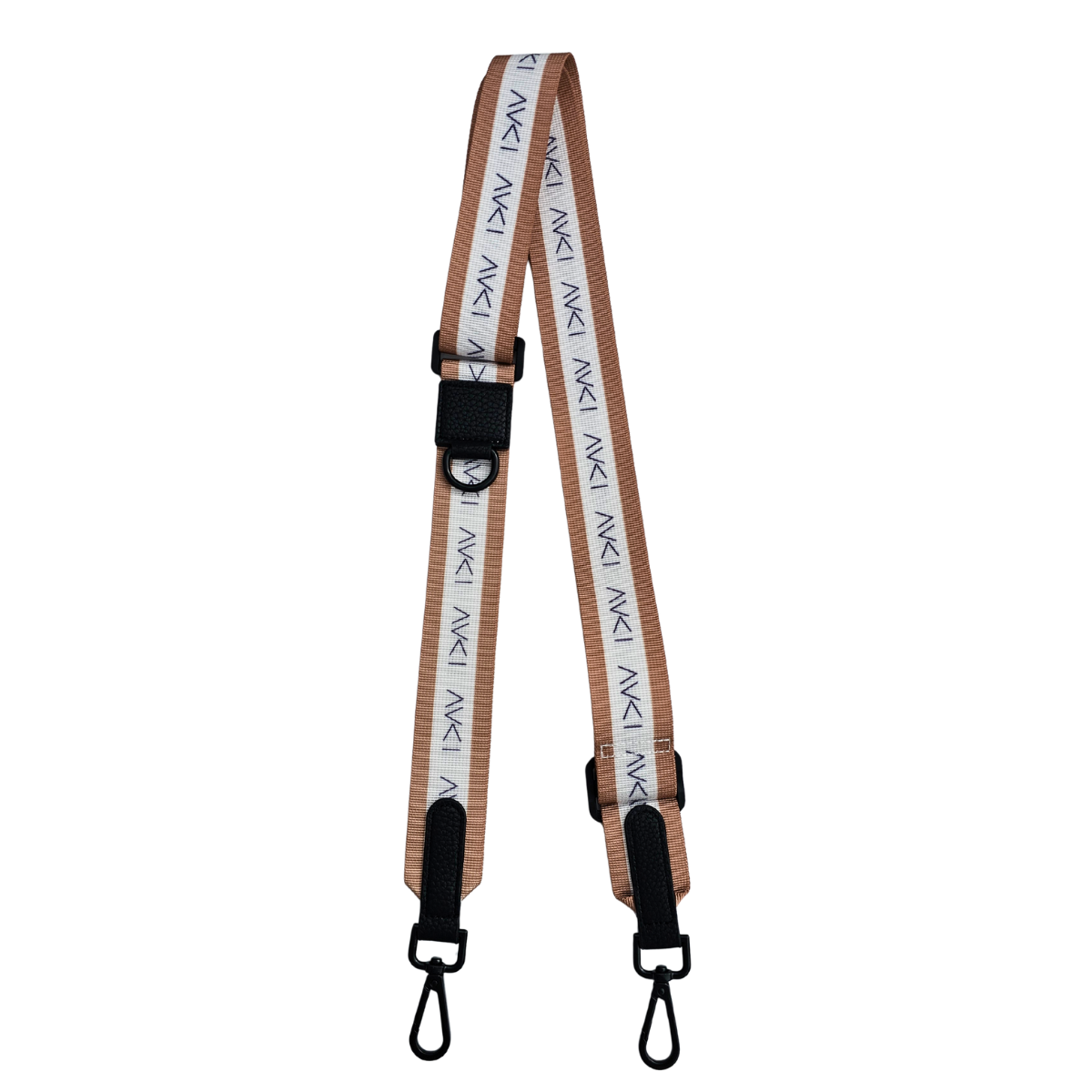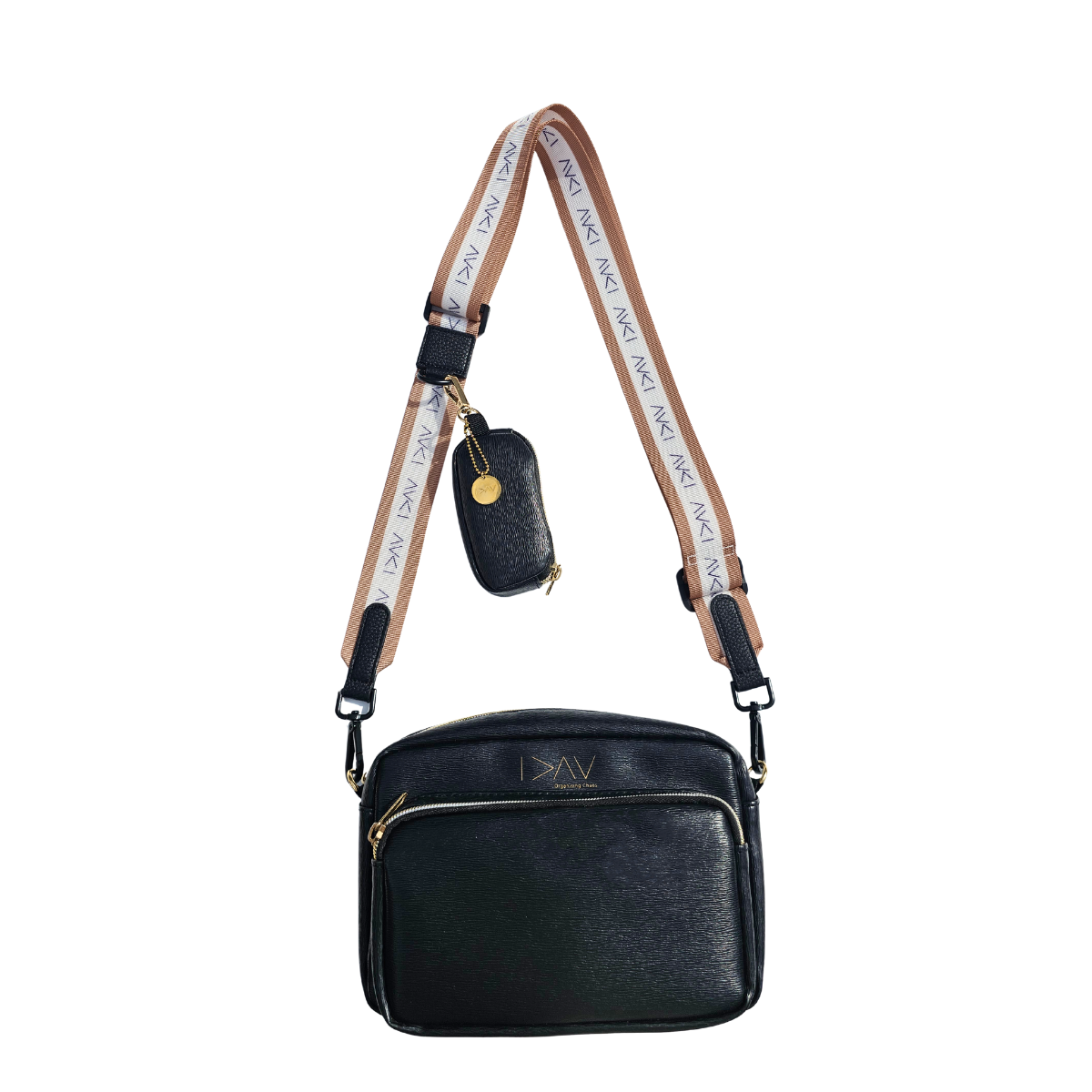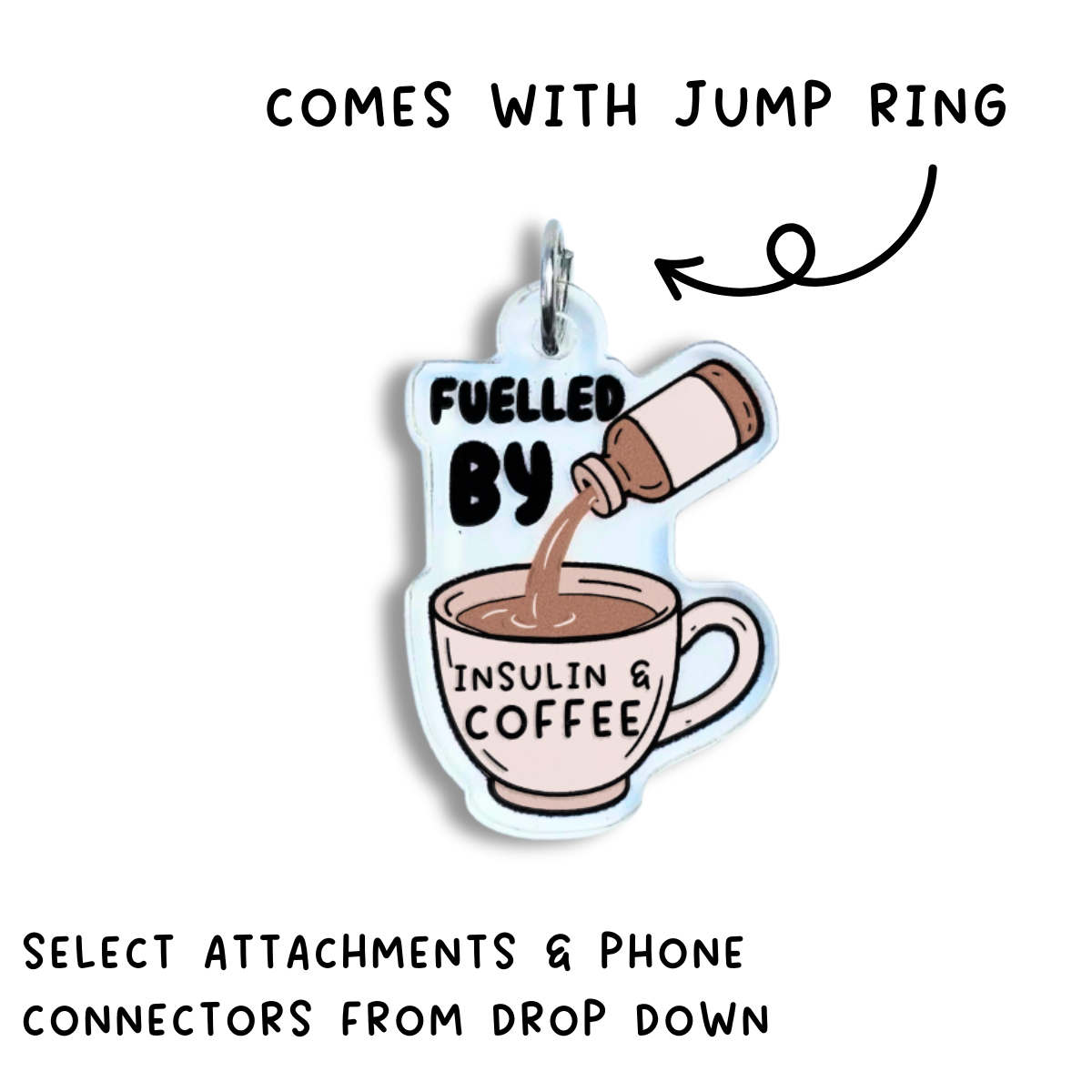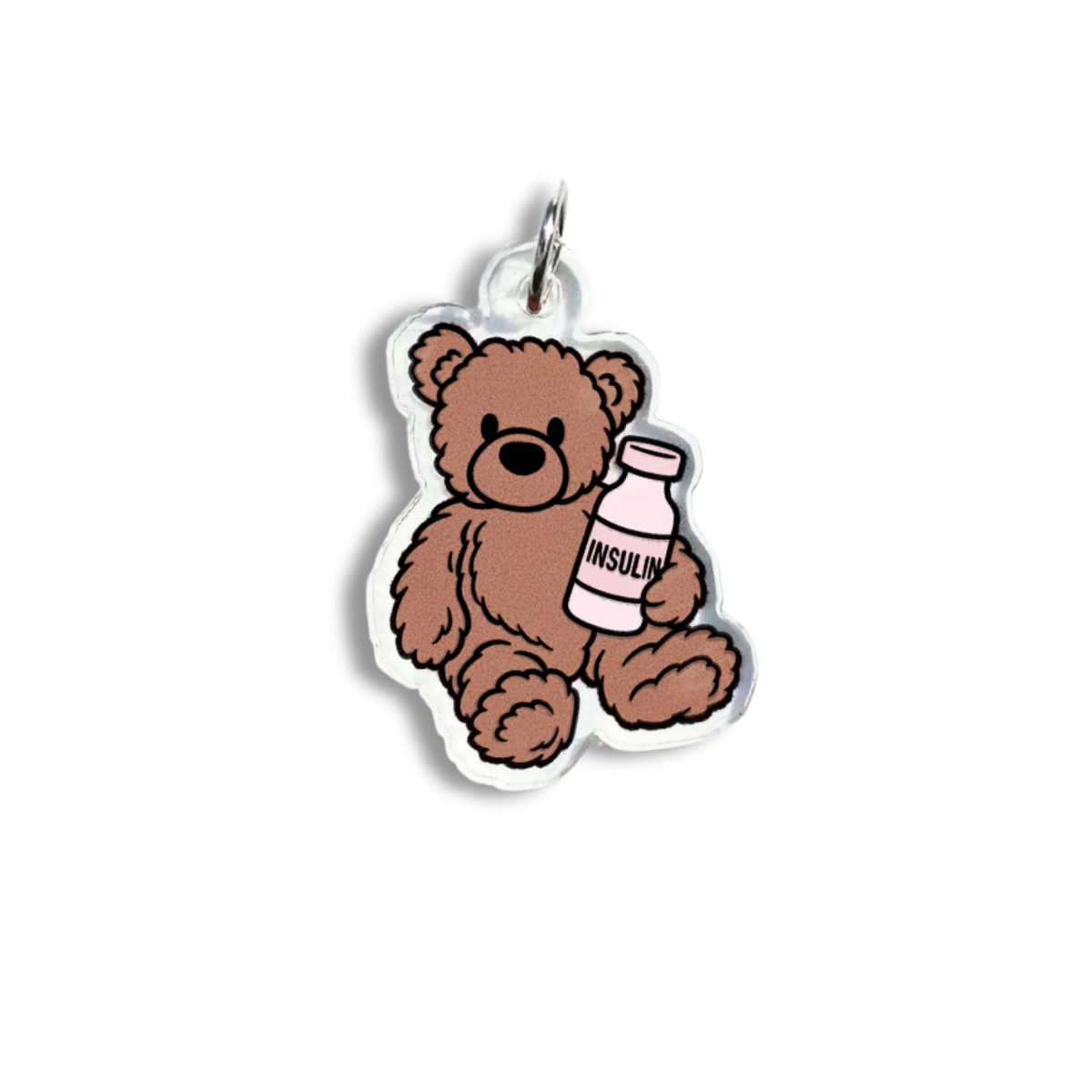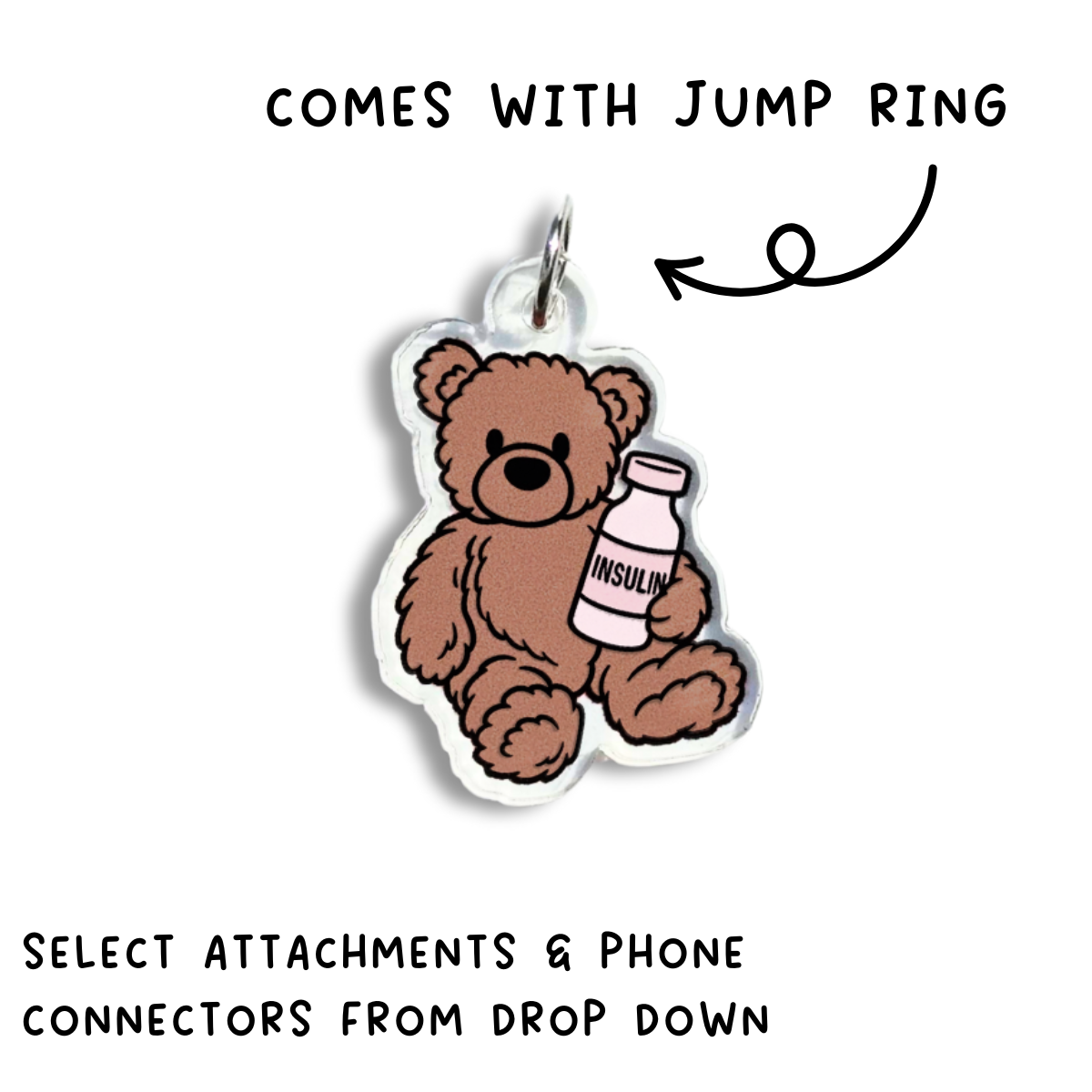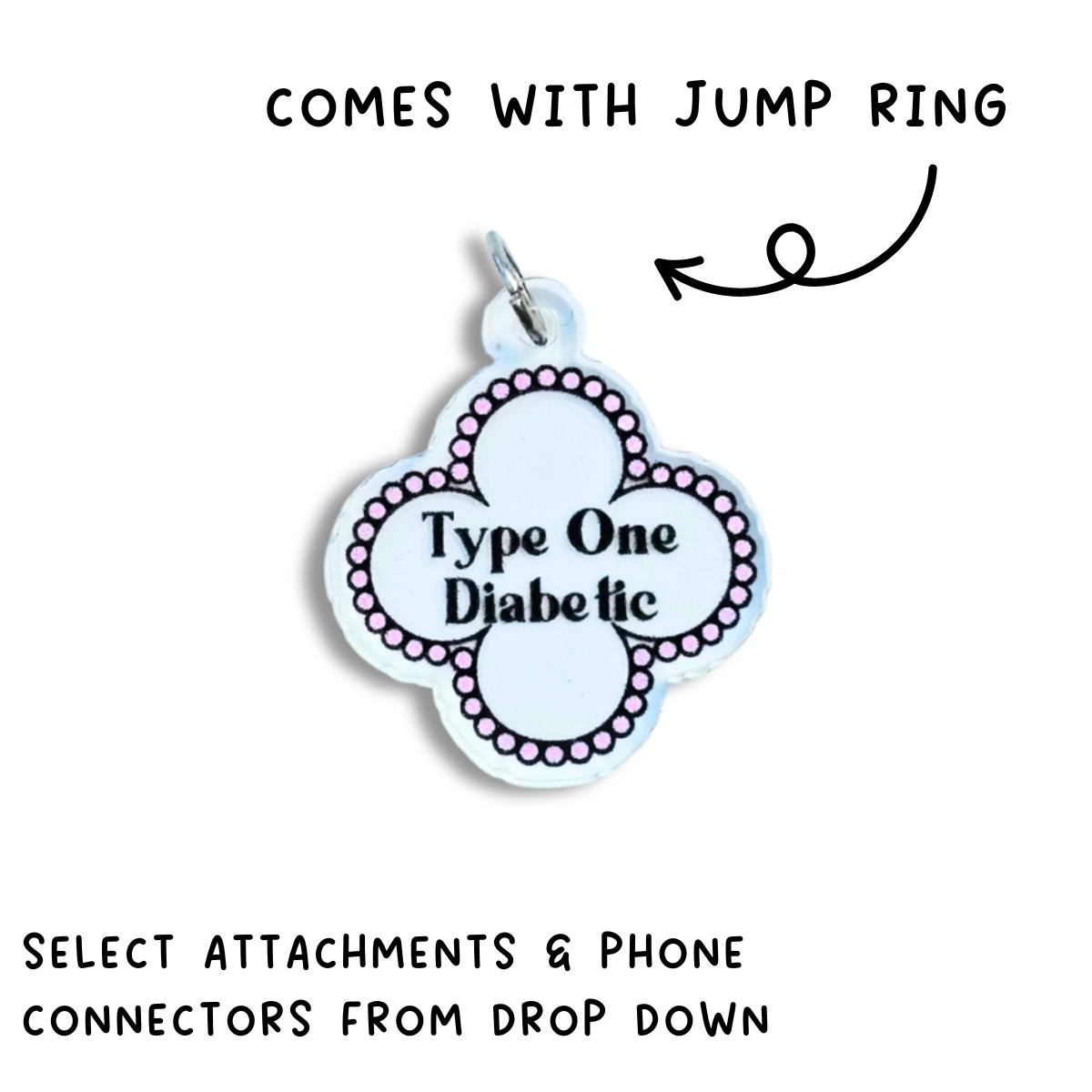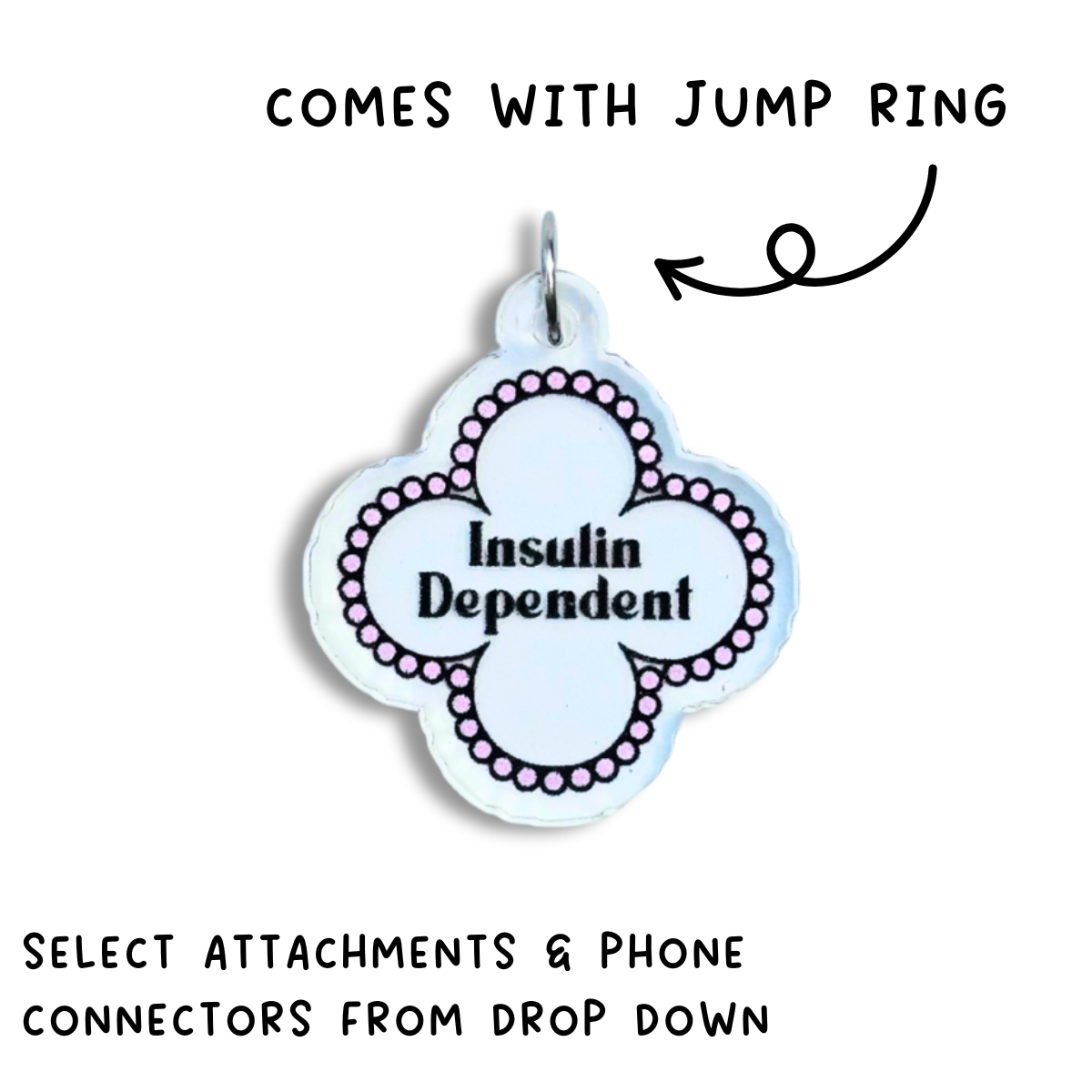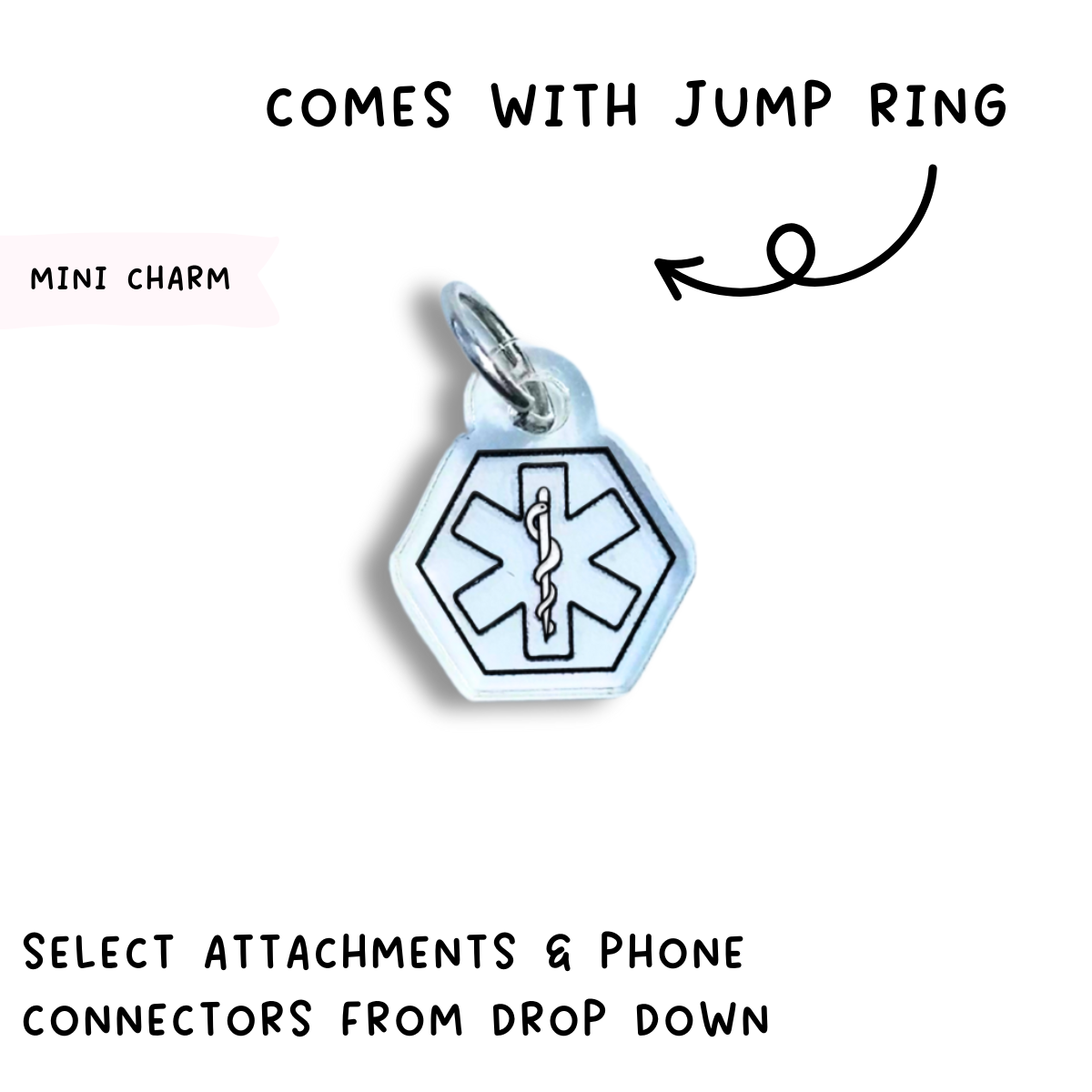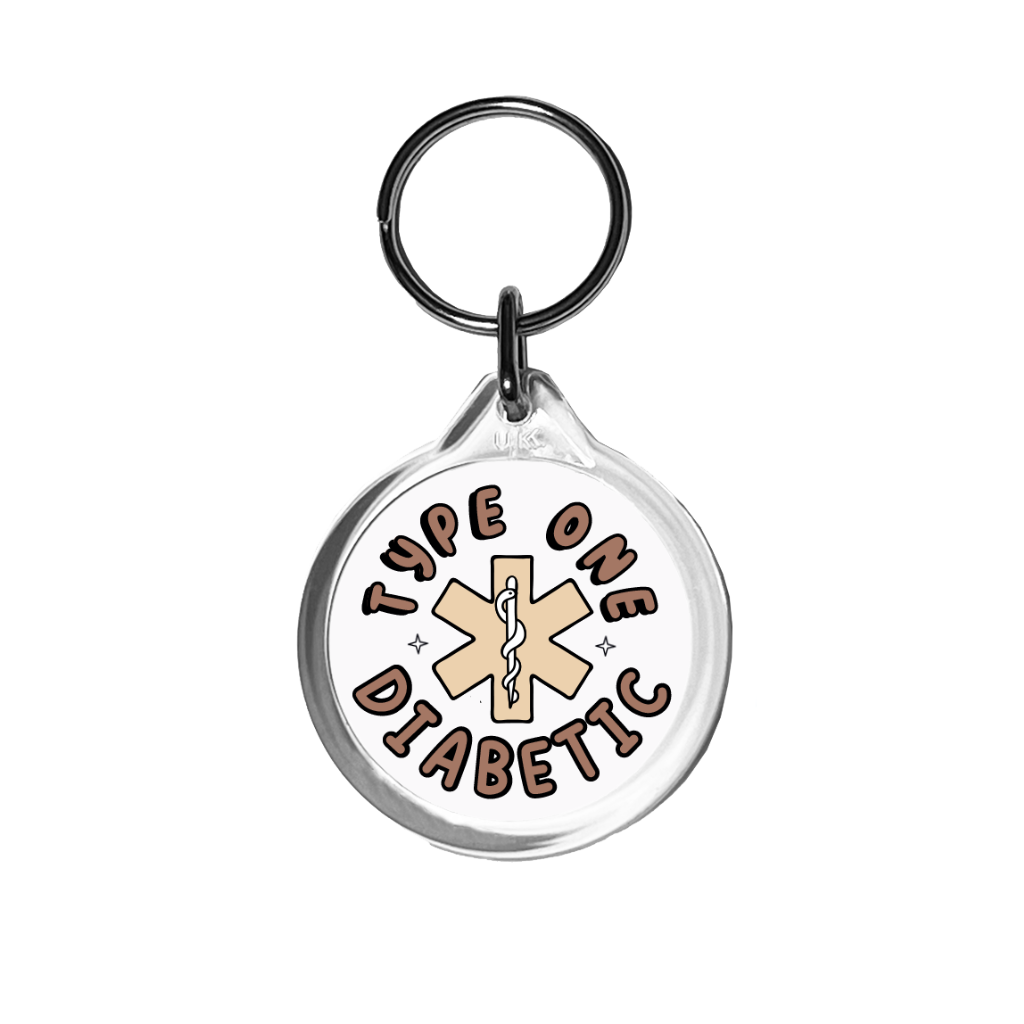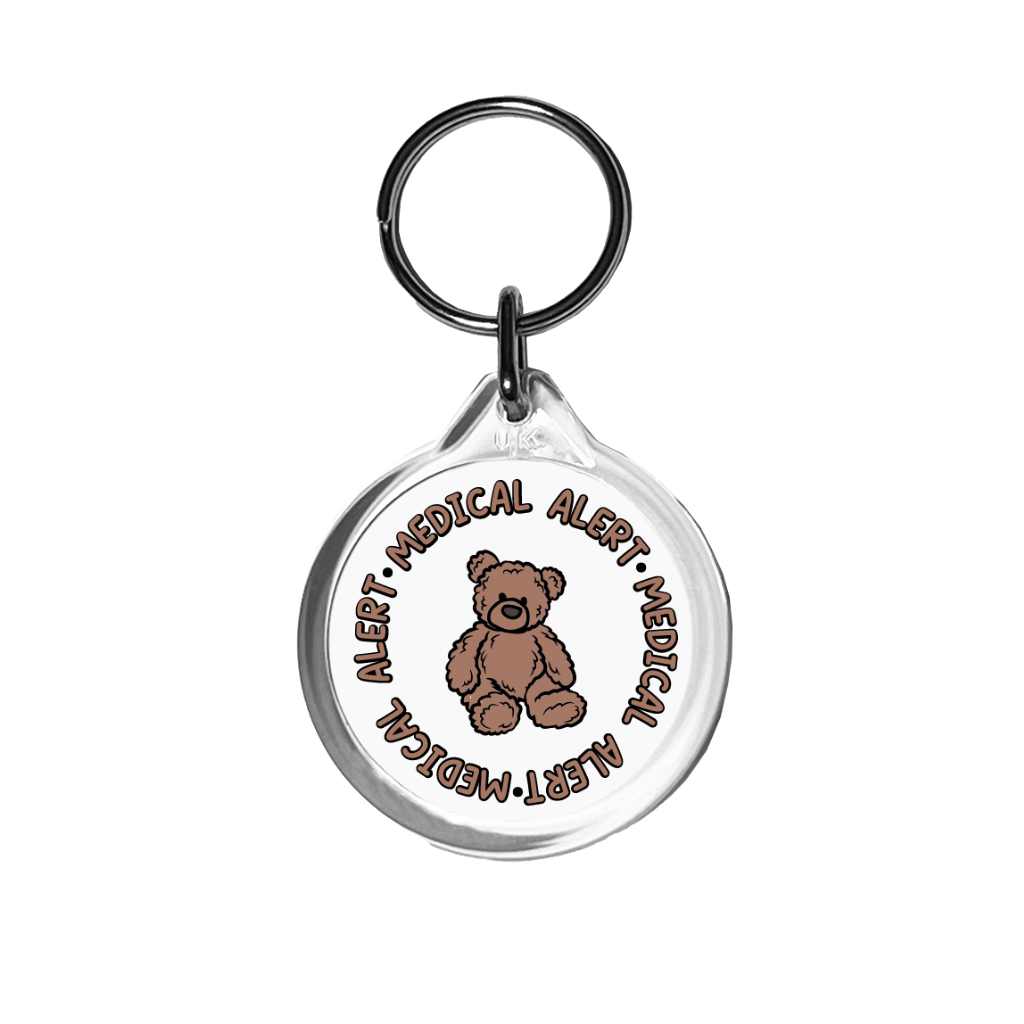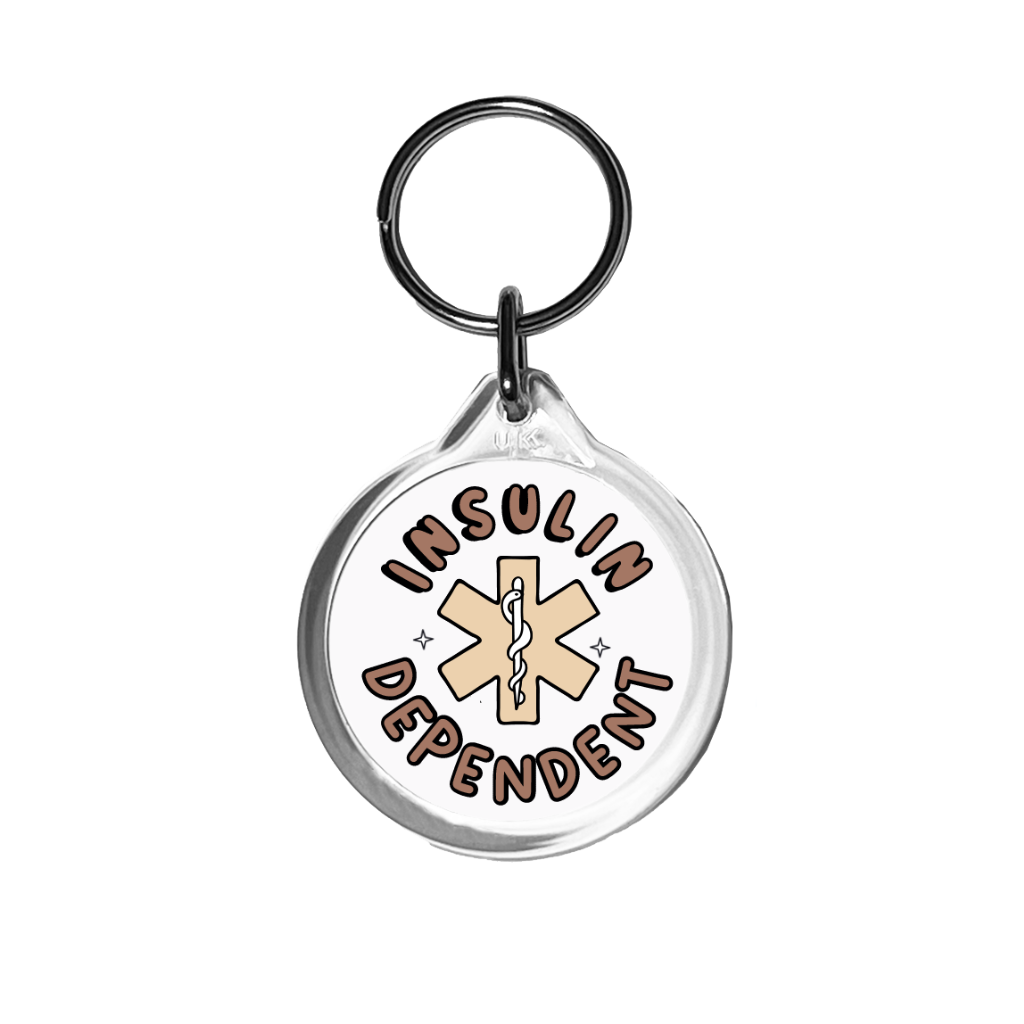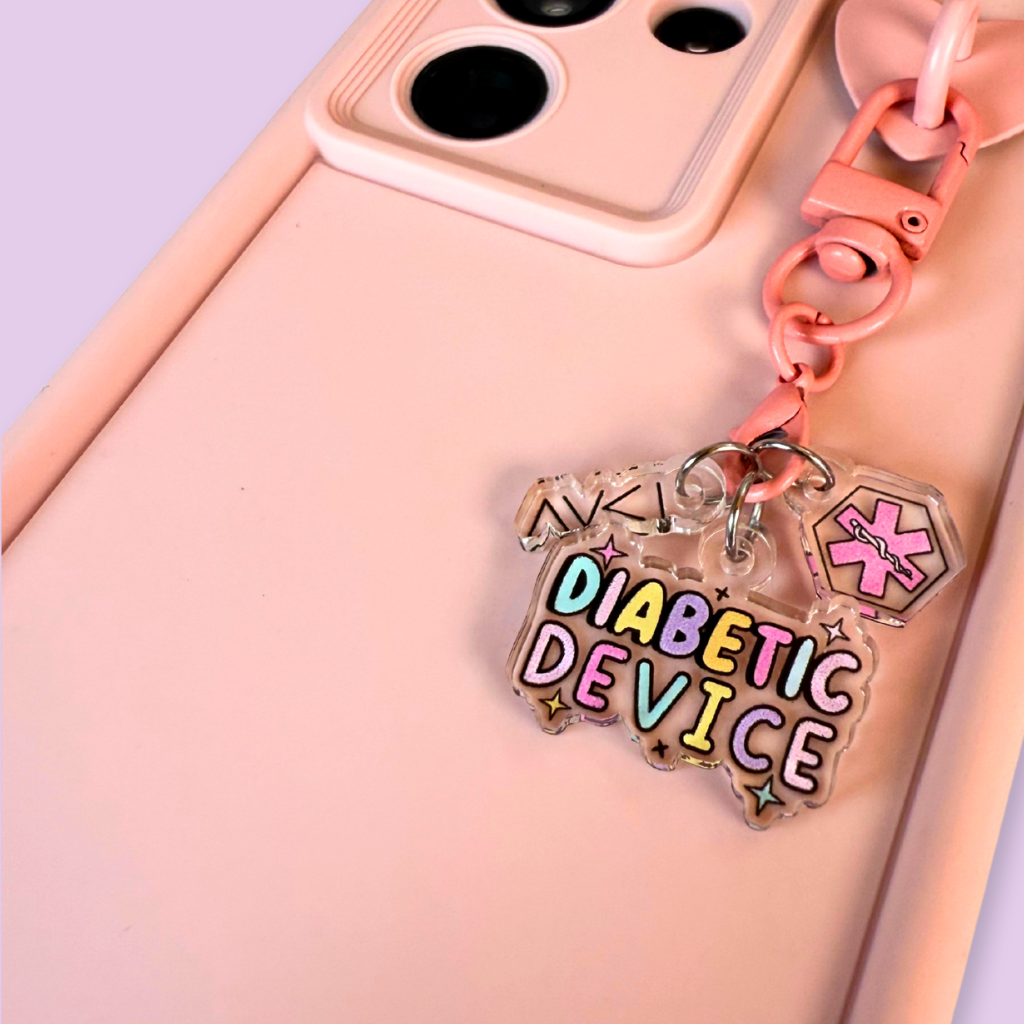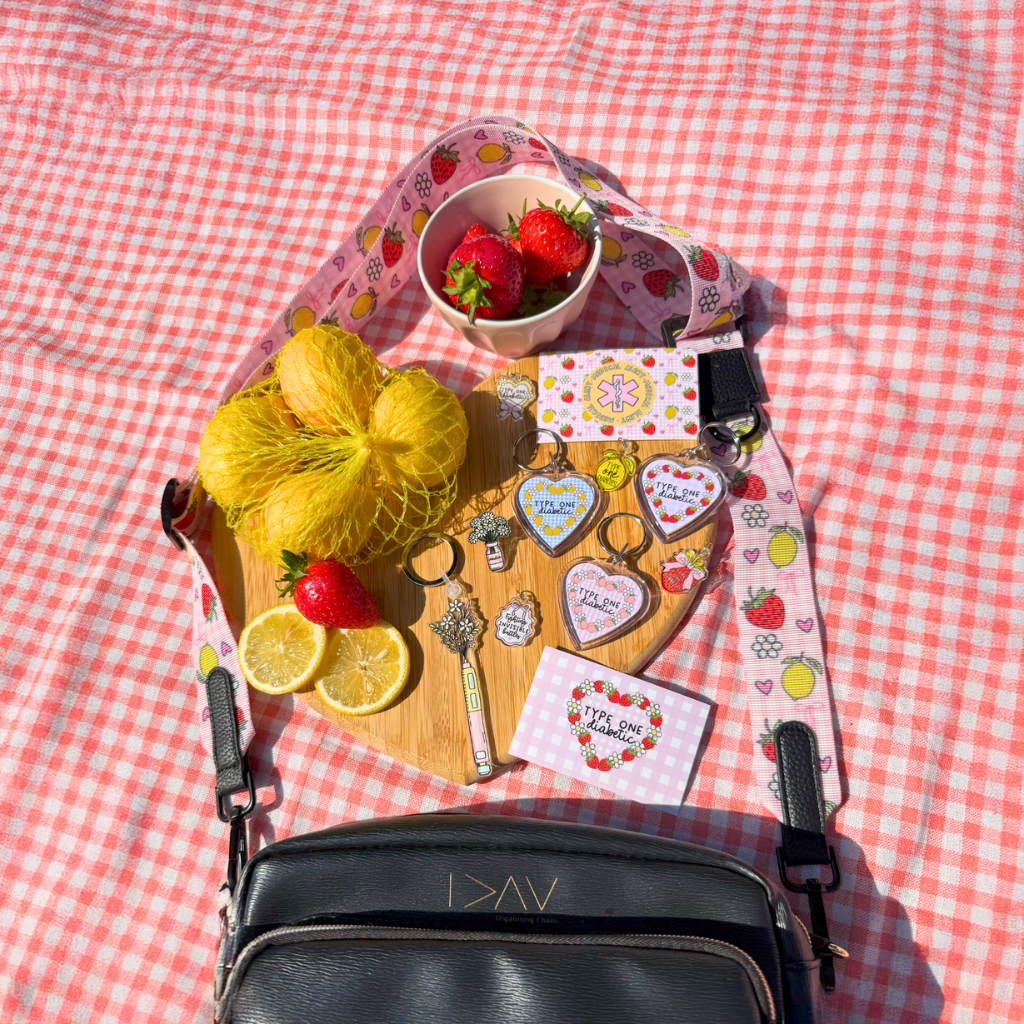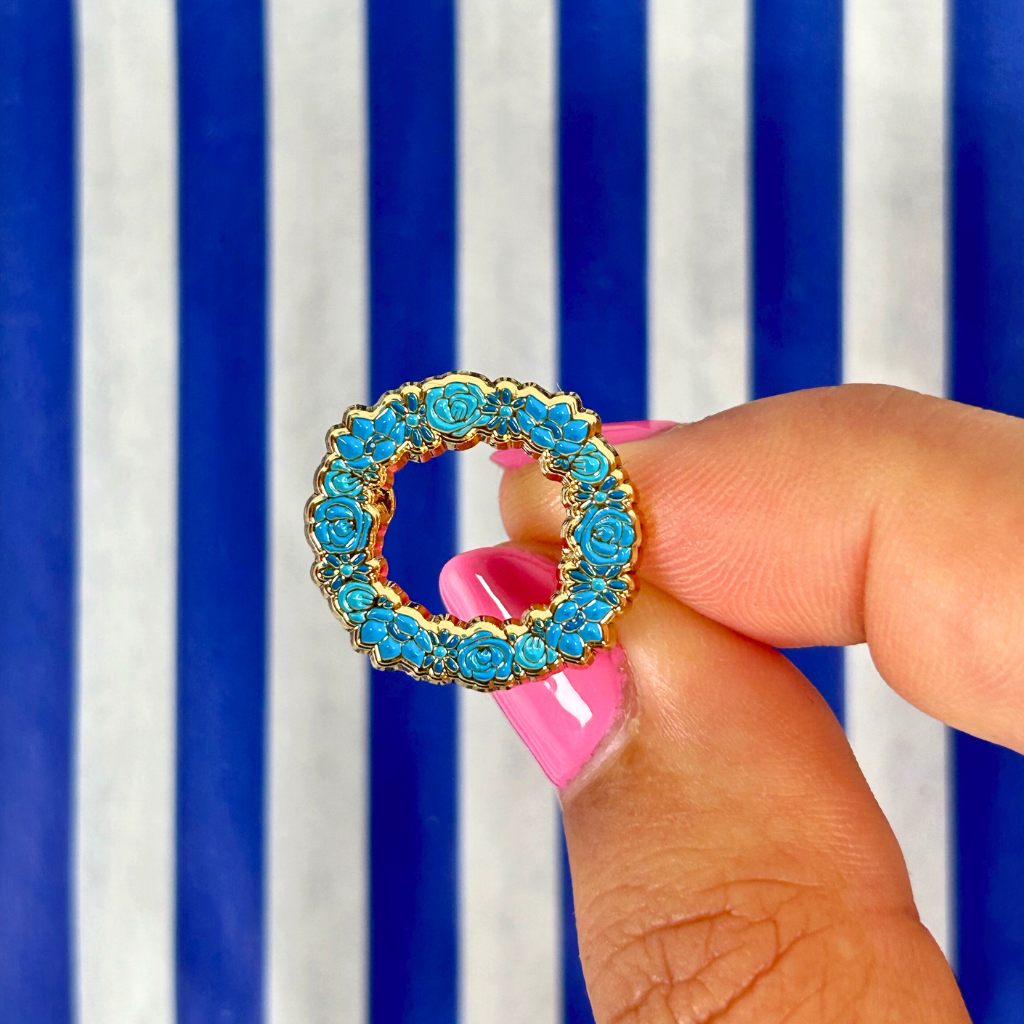Summer is here, and while I love soaking up the sun, it does bring its own set of challenges for those of us managing diabetes. Did you know that heat is one of the many factors that can affect our blood glucose levels? In fact, there are over 42 external factors that can influence our BG, and heat is a big one! So, let's dive into some tips from my personal experience to help avoid those pesky hypos when the temperatures rise.
1. Stay Hydrated
Hydration is key! When it’s hot, our bodies lose more fluids, and dehydration can lead to higher blood glucose levels. Make sure you're drinking plenty of water throughout the day. I like to carry a water bottle with me wherever I go – it’s a great reminder to sip regularly. You can make it cute by adding some diabetes stickers.
2. Monitor Your BG More Often
Heat can cause blood sugar levels to fluctuate more than usual. Keep a closer eye on your BG readings and test more frequently. If you’re using a CGM, make sure it’s calibrated and set to alert you if your levels start to drop.
3. Adjust Your Insulin
You might need to adjust your insulin dose when it’s hot out. Speak with your healthcare provider about the best way to modify your dosage to prevent lows. Sometimes just a small tweak can make a big difference.
4. Avoid Strenuous Exercise
Exercise is great, but in the heat, it can lower your blood sugar faster than usual. Try to work out during cooler parts of the day, like early morning or late evening. And always have fast-acting carbs on hand, just in case.
5. Eat Smaller, More Frequent Meals
Instead of having three large meals, try eating smaller, more frequent meals throughout the day. This can help keep your blood sugar levels stable and avoid big drops.
6. Wear Your Diabetes Medical Alert
Make sure you're wearing a medical alert that identifies you as diabetic. If you do have a hypo, it’s important that people around you know how to help.
7. Use Protective Gear
Heat and sweat can mess with your CGM or insulin pump adhesive. Use waterproof patches to keep your devices secure. And if you're swimming, remember that water activities can also affect your BG levels.
8. Know the Signs of Heat Exhaustion
Be aware of the symptoms of heat exhaustion, which can mimic low blood sugar: sweating, dizziness, nausea, and fatigue. If you start feeling any of these, find a cool place, drink water, and check your BG levels.
9. Carry Snacks and Hypo Treats
Always have some snacks and glucose tablets on hand. I usually pop Hypo-Pots in my bags to ensure I always have access to hypo treats when on the go.
10. Stay Cool
Try to stay indoors during peak heat hours, and if you have to be outside, find shade whenever possible. Wear light, breathable clothing and don’t forget your sunscreen!
Managing diabetes in the heat can be tricky, but with these tips, you can enjoy the summer sun safely. Remember, it’s all about staying hydrated, monitoring your levels, and being prepared. Have any other tips that work for you?

